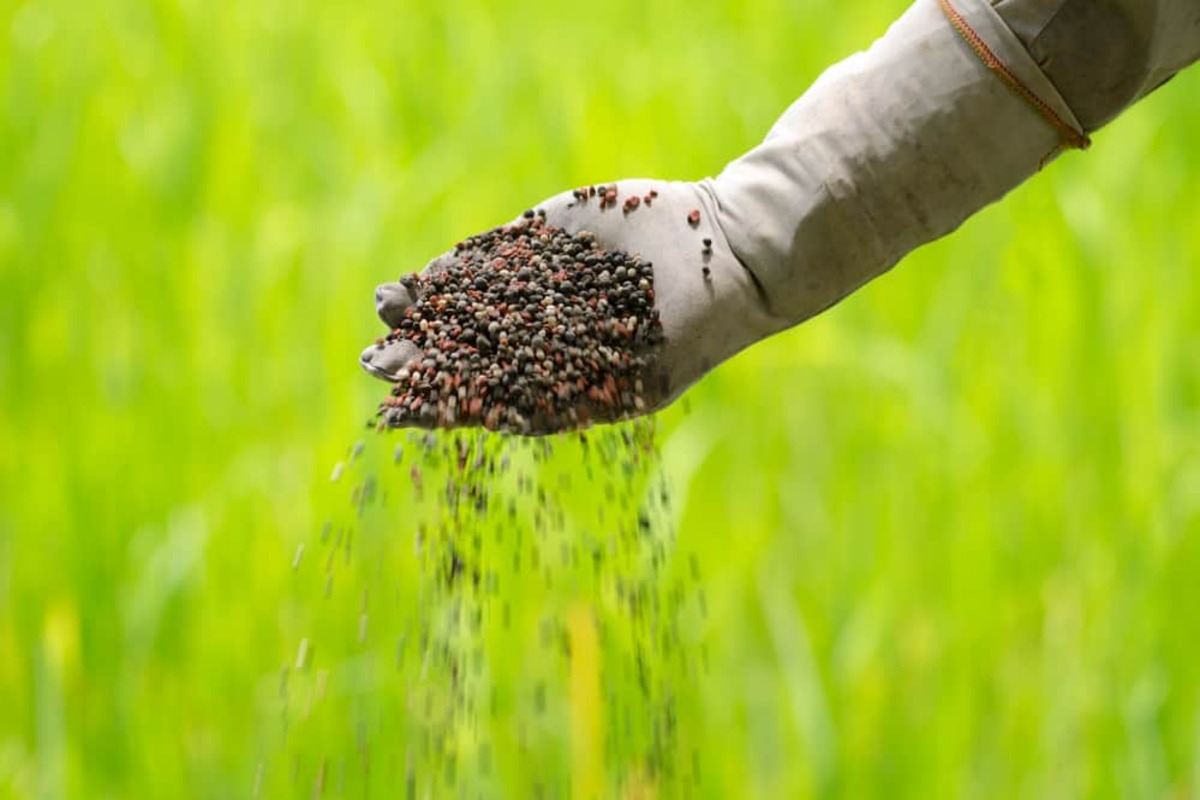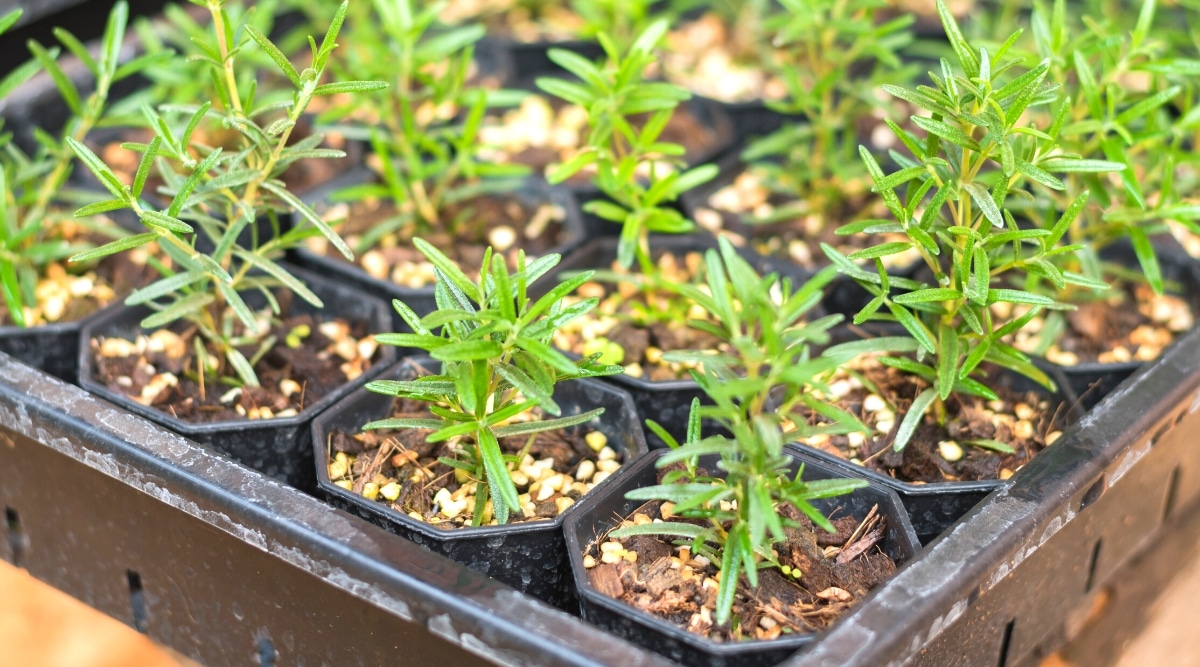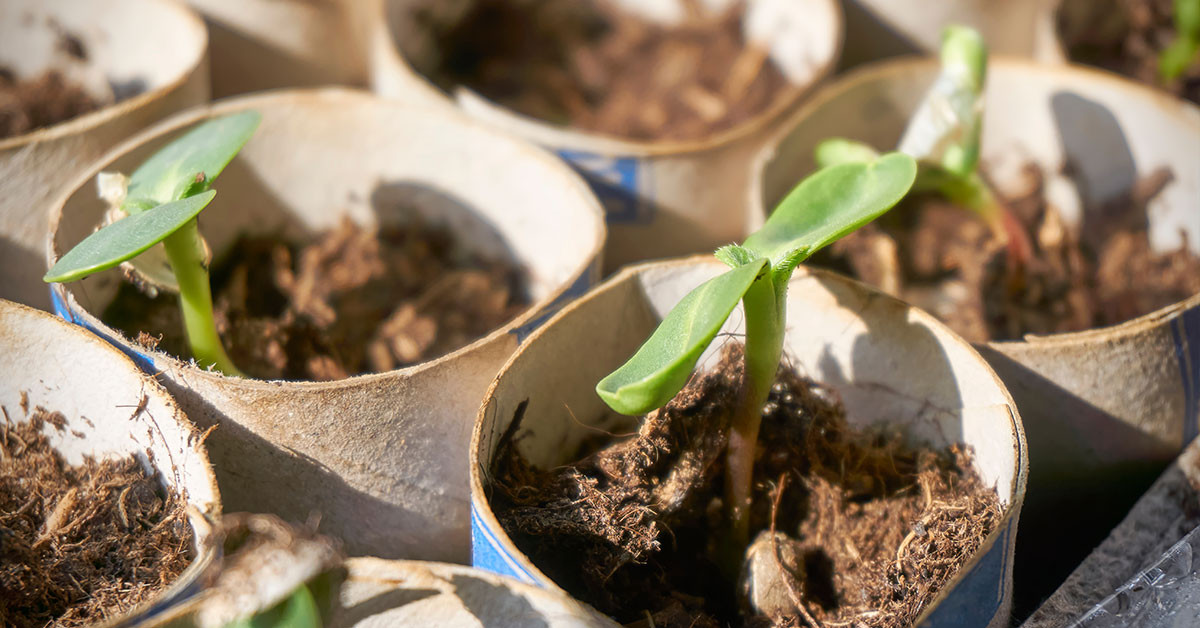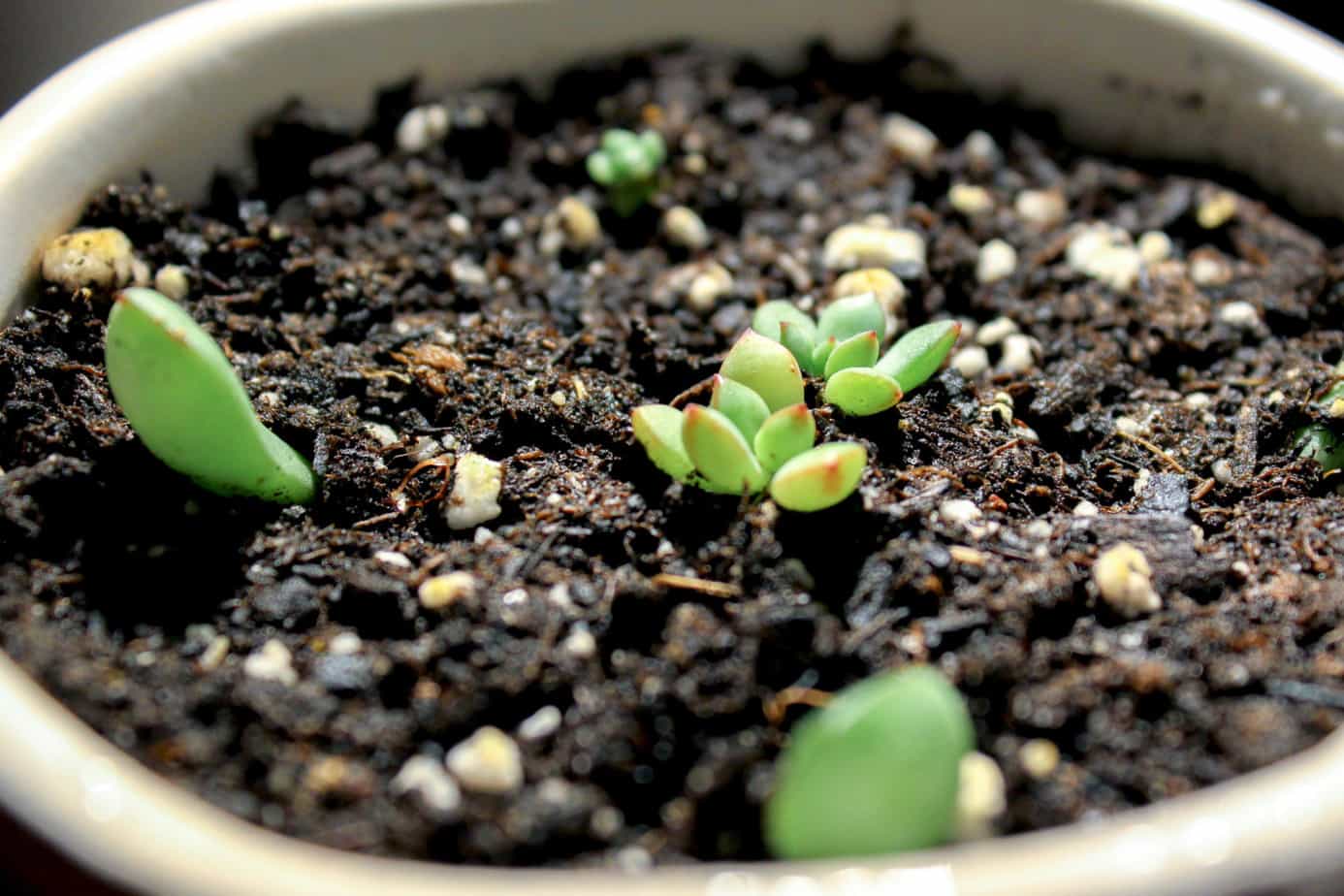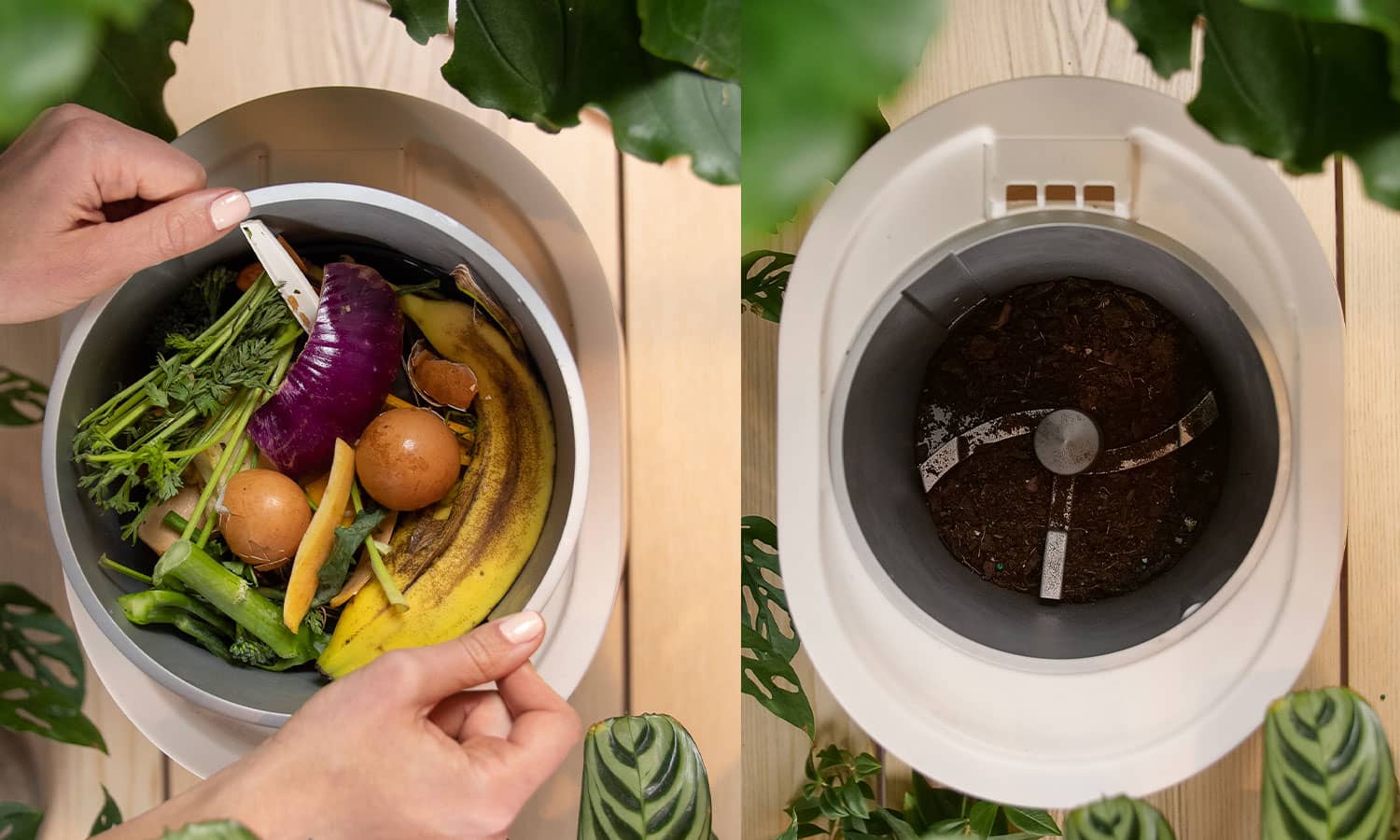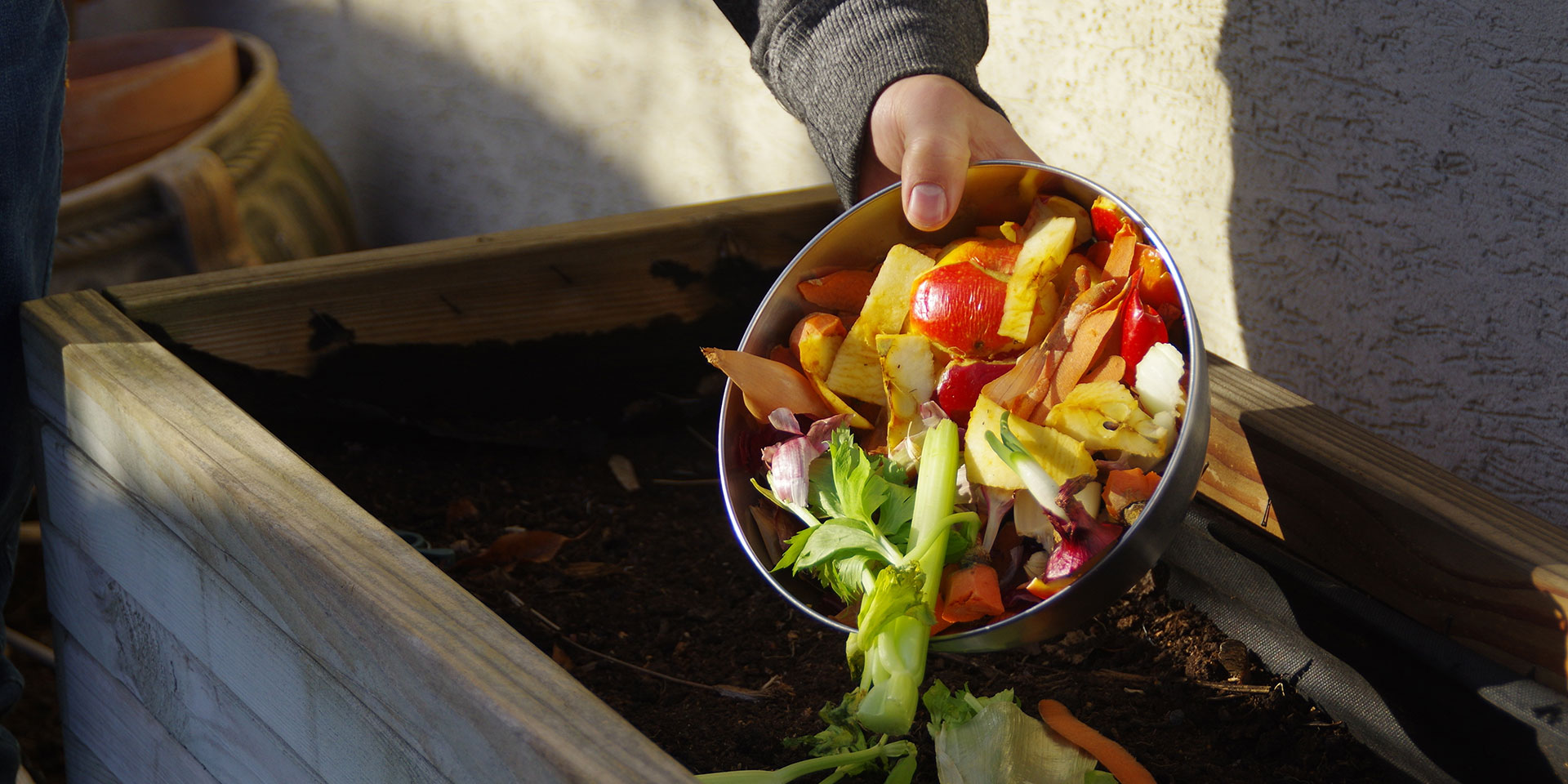Home>Gardening News and Trends>Latest News>How Long Does It Take For Pesticides To Dry
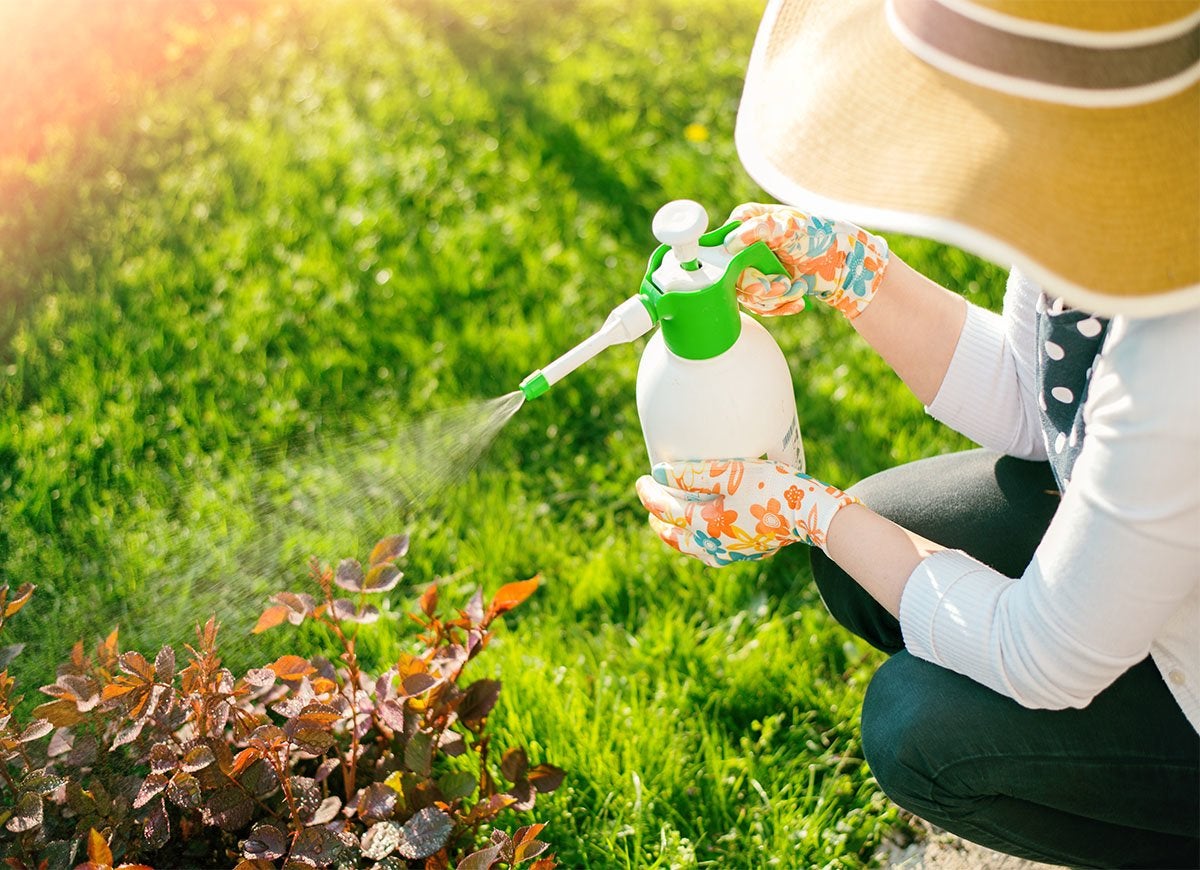

Latest News
How Long Does It Take For Pesticides To Dry
Modified: January 22, 2024
Discover the latest news on how long it takes for pesticides to dry. Stay informed on the drying times and best practices for effective pesticide application.
(Many of the links in this article redirect to a specific reviewed product. Your purchase of these products through affiliate links helps to generate commission for Chicagolandgardening.com, at no extra cost. Learn more)
Table of Contents
Introduction
Welcome to our comprehensive guide on the drying time of pesticides. If you’ve ever wondered how long it takes for pesticides to dry after application, you’ve come to the right place. Whether you’re a homeowner tending to your garden or a professional in the agriculture industry, understanding the factors that affect pesticide drying time is essential for optimal effectiveness and safety.
When it comes to using pesticides, it’s not just about applying them; timing is equally crucial. Pesticides need time to dry and fully adhere to the target surface before they can provide the desired effects. This drying process ensures maximum penetration and absorption, allowing the pesticides to effectively combat pests and protect crops or plants.
Now, you might be wondering why drying time is so important. Well, a pesticide’s drying time affects its ability to withstand external factors, such as rainfall or evaporation, that could potentially reduce its efficacy. Not allowing sufficient drying time can lead to the pesticide being washed away or diluted before it can take effect, rendering it ineffective.
In this guide, we will explore the various factors that influence pesticide drying time, the different types of pesticides, and the environmental conditions that can either expedite or prolong their drying process. Moreover, we will delve into the importance of ensuring pesticides dry completely before subjecting them to any external elements. Lastly, we will provide tips on safe handling and storage of pesticides to maximize their shelf life and effectiveness.
So, whether you’re a seasoned gardener looking to protect your prized roses or a farmer navigating the complexities of crop protection, understanding the drying time of pesticides is a crucial aspect of ensuring their efficacy. Let’s dive in and explore the fascinating world of pesticide drying time together!
Factors Affecting Pesticide Drying Time
Several factors can influence how long it takes for pesticides to dry after application. Understanding these factors is important to ensure that you provide the optimal conditions for the pesticides to dry effectively. Let’s take a closer look at the key factors that affect pesticide drying time.
- Formulation: Different pesticide formulations have varying drying times. For example, liquid formulations such as sprays or emulsions tend to dry faster than granular or powder formulations. This is because liquid formulations contain solvents that evaporate more quickly, leaving a dry residue behind.
- Active Ingredient: The type of active ingredient in the pesticide can also impact drying time. Some active ingredients have properties that promote faster drying, while others may require more time to fully dry. It’s essential to read the product label or consult with experts to understand the specific drying time for the active ingredient in your pesticide.
- Application Rate: The rate at which the pesticide is applied can influence drying time. Applying a thin, even layer of pesticide will generally result in quicker drying compared to applying a thick layer. It’s important to follow the recommended application rate to ensure proper drying and avoid issues such as residue buildup.
- Humidity: Humidity levels in the environment play a significant role in pesticide drying time. High humidity can slow down the drying process as the moisture in the air impedes the evaporation of solvents in the pesticide formulation. On the other hand, lower humidity levels can expedite drying. It’s advisable to apply pesticides on dry, low-humidity days to facilitate faster drying.
- Temperature: Temperature can significantly affect pesticide drying time. Warmer temperatures accelerate the evaporation of solvents, leading to faster drying, while cooler temperatures can prolong drying. It’s important to consider the temperature range recommended on the product label and plan pesticide applications accordingly.
These factors are interconnected, and their combined influence determines the overall drying time of the pesticide. However, it’s essential to note that while these factors give a general idea, the specific drying time may still vary depending on the product’s formulation and the environmental conditions in which it is applied.
With a better understanding of the factors that affect pesticide drying time, you can now approach pesticide application with a clearer insight into what to expect. In the next sections, we will explore how different types of pesticides and environmental factors can further impact drying time, and why it is crucial to allow pesticides to dry completely before subjecting them to external elements.
Types of Pesticides and Drying Times
Pesticides come in various forms and formulations, each with its own specific drying time. Understanding these different types of pesticides and their associated drying times can help you choose the most appropriate product for your needs and ensure effective pest control. Let’s explore some common types of pesticides and their drying times:
- Sprays: Liquid spray pesticides are one of the most commonly used formulations. They typically dry relatively quickly, usually within a few hours or less. However, the drying time can vary depending on factors like formulation composition, active ingredient, and environmental conditions. It’s important to consult the product label for specific drying time recommendations.
- Dusts: Dust formulations, consisting of fine particles, are often used for treating insects in hard-to-reach areas or as a barrier around plants. The drying time for dust pesticides can be longer compared to sprays, ranging from several hours to a day or more. This is because the dust particles may need more time to settle, adhere to the surfaces, and dry effectively.
- Granules: Granular pesticides consist of small solid particles and are commonly used for treating larger areas, such as lawns or gardens. They are typically spread over the targeted area and require watering to activate. The drying time for granular pesticides can vary, but generally, it can take a few hours to several days for the granules to fully dissolve and dry.
- Baits: Baits are pesticides that are mixed with attractants to lure pests. They come in various forms such as gels, pastes, or solid blocks. The drying time for bait pesticides depends on the specific formulation and environmental conditions. Gels and pastes may dry within a few hours, while solid blocks may take longer to dry and become effective.
- Systemic Pesticides: These types of pesticides are absorbed by plants and move through their vascular system, providing internal pest protection. The drying time for systemic pesticides can vary widely, depending on factors like plant type, environmental conditions, and the specific formulation used. It’s important to follow the product instructions for proper application and drying time.
Remember to always read and follow the product label instructions for each pesticide you use. The label will provide specific information regarding the recommended drying time, application rates, and any precautions to be taken. By choosing the right type of pesticide and allowing sufficient drying time, you can ensure effective pest control and protect your plants or crops.
Now that we’ve explored the different types of pesticides and their drying times, let’s move on to the next section to understand how environmental factors can influence pesticide drying time.
Environmental Factors and Drying Time
The drying time of pesticides can be greatly influenced by various environmental factors. Understanding how these factors impact drying time can help you plan and optimize pesticide applications for better results. Let’s examine some key environmental factors that can affect pesticide drying time:
- Humidity: As mentioned earlier, humidity levels in the environment play a significant role in pesticide drying time. High humidity can slow down the drying process, while low humidity can expedite it. When humidity is high, the air is saturated with moisture, and this can hinder the evaporation of solvents in pesticide formulations. On the other hand, lower humidity levels promote faster evaporation, leading to quicker drying.
- Temperature: Temperature also impacts drying time. Warmer temperatures generally accelerate the evaporation of solvents, resulting in faster drying. Cooler temperatures, on the other hand, can slow down the drying process. It’s important to consider the recommended temperature range specified on the pesticide product label. Applying pesticides in optimal temperature conditions can ensure effective drying and overall performance.
- Air Movement: The presence or absence of air movement can influence drying time. When air is stagnant, it can create a humid microenvironment around the sprayed surface, thereby prolonging drying time. Conversely, when there is adequate air movement, it can help facilitate evaporation and speed up drying. It’s generally recommended to apply pesticides on days with mild to moderate air movement to optimize drying time.
- Rainfall: Rainfall can disrupt the drying process and wash away freshly applied pesticides before they have a chance to dry effectively. It’s important to check the weather forecast and avoid applying pesticides if rain is expected within the drying period specified on the product label. If rain occurs unexpectedly shortly after application, reapplication may be necessary to ensure proper pest control.
- Sunlight: Sunlight can have both positive and negative effects on pesticide drying time. On one hand, sunlight can help accelerate drying by increasing temperatures and promoting evaporation. On the other hand, intense sunlight can cause pesticide residues to degrade, reducing their effectiveness. It’s best to apply pesticides in mild sunlight conditions, avoiding extreme heat or direct exposure to intense sunlight.
It’s important to consider these environmental factors when planning pesticide applications. By being mindful of humidity, temperature, air movement, rainfall, and sunlight, you can optimize drying time and ensure that pesticides have ample opportunity to dry effectively for maximum efficacy.
Now that we understand how environmental factors can affect pesticide drying time, let’s explore the impact of different application methods on the drying process in the next section.
Application Methods and Drying Time
The method used to apply pesticides can influence the drying time and overall effectiveness of the product. Different application methods have varying effects on how quickly pesticides dry and adhere to the target surfaces. Let’s take a closer look at some common application methods and their impact on drying time:
- Spray Application: Spray application methods, such as using a handheld sprayer or a backpack sprayer, involve directly spraying the pesticide onto the target surface. The small droplets produced by sprayers allow for quick coverage and faster drying. The drying time for spray applications can range from a few hours to a day, depending on the environmental conditions and the specific pesticide formulation.
- Brush and Roller Application: This method involves using a brush, roller, or similar tools to apply the pesticide. Brushing or rolling the pesticide onto the surface allows for better control and coverage, but it can also result in a thicker layer. As a result, the drying time for brush and roller applications may be longer compared to spray applications.
- Drench Application: Drenching involves applying the pesticide by pouring or saturating the targeted area with a liquid formulation. This method is commonly used for soil treatment or pest control in potted plants. The drying time for drench applications can vary depending on factors such as the porosity of the soil or the size of the container. It’s important to allow sufficient time for the drenched area to dry before subjecting it to external factors.
- Aerosol Application: Aerosol cans are often used for precise and targeted application of pesticides. The fine mist produced by aerosols allows for quick coverage and even distribution. The drying time for aerosol applications is generally shorter compared to other methods, as the formulation is designed to evaporate quickly and leave behind a dry residue.
- Seed Treatment: Seed treatment involves applying pesticides directly to seeds before planting. The drying time for seed treatments can vary depending on the pesticide formulation and the specific seeds being treated. It’s essential to follow the instructions provided by the manufacturer for proper seed treatment and drying time to ensure optimal results.
It’s important to note that regardless of the application method used, it’s crucial to follow the manufacturer’s instructions and recommended drying times. Applying excessive amounts or not allowing sufficient drying time can lead to issues such as excessive residue, reduced effectiveness, or potential harm to plants, animals, or the environment.
By selecting the appropriate application method and ensuring proper drying time, you can enhance the efficacy of the pesticide and minimize any unwanted side effects. In the next section, we will explore why it is crucial to allow pesticides to dry completely before subjecting them to external elements.
Importance of Allowing Pesticides to Dry Completely
Properly dried pesticides are crucial for their effectiveness and long-lasting pest control. Allowing pesticides to dry completely before exposing them to external elements is essential for several reasons. Let’s delve into the importance of ensuring pesticides are thoroughly dried:
- Enhanced Efficacy: Pesticides need time to dry and adhere to the target surfaces to provide optimal pest control. Allowing them to dry completely ensures that they form a uniform, dry residue that can effectively combat pests. Incomplete drying can result in patches of wet or runny pesticide, reducing its effectiveness and leaving areas vulnerable to pest infestation.
- Resistance to External Factors: Once dried, pesticides create a protective layer on the surface, providing a barrier against external factors like rain, sunlight, wind, or evaporation. If pesticides are not given sufficient time to dry, they may be washed away by rain or diluted by water, reducing their effectiveness and wasting valuable resources. Additionally, incomplete drying can lead to pesticide runoff, which can contaminate water sources or harm non-target organisms.
- Reduced Risk of Residue Transfer: When pesticides are not fully dried, there is a higher risk of residue transfer. Wet or sticky residues can be easily transferred to unintended surfaces or objects, increasing the chances of accidental exposure to humans, pets, or beneficial organisms. By allowing pesticides to dry completely, you can minimize the risk of unintentional exposure and ensure safe handling and usage.
- Proper Integration with Plants: For systemic pesticides or those applied to plant surfaces, allowing the recommended drying time is crucial to ensure proper integration with the plant’s vascular system. Proper drying allows the active ingredients to be absorbed effectively and distributed throughout the plant, providing long-term pest control. Inadequate drying may result in reduced systemic action and decreased effectiveness.
- Promotion of Safety: Allowing pesticides to dry completely before re-entry or any human or animal activity in the treated area promotes safety. It reduces the risk of contact with wet residues, which can be harmful if absorbed through the skin, ingested, or inhaled. Prioritizing safety by following recommended drying times ensures the well-being of individuals and the environment.
Remember, each pesticide has its specific drying time indicated on the product label. It’s important to carefully read and follow these instructions to ensure optimal drying and effectiveness. Additionally, always consider factors such as weather conditions, environmental factors, and the sensitivity of the treated area or plants when determining the appropriate drying time.
By allowing pesticides to dry completely, you can maximize their efficacy, minimize risks of exposure, and contribute to safe and responsible pesticide application and handling practices.
Ensuring Safe Handling and Storage of Pesticides
Safe handling and proper storage of pesticides are crucial to protect yourself, others, and the environment from potential harm. Adhering to the following guidelines will help ensure that pesticides are used responsibly and stored securely:
- Read and Follow Instructions: Carefully read and follow the instructions provided on the pesticide label, including recommended application methods, dosage, and safety precautions. The label provides important information on handling, protective equipment, and proper disposal methods.
- Protective Clothing and Equipment: Wear appropriate protective clothing, including long sleeves, long pants, chemical-resistant gloves, boots, and goggles, when handling or applying pesticides. This protects against potential skin contact, eye irritation, inhalation, and accidental ingestion.
- Proper Mixing and Dilution: Follow the indicated mixing and dilution instructions to ensure accurate concentrations of the pesticide. Use clean, dedicated mixing equipment and clean them thoroughly after use to prevent cross-contamination.
- Avoid Overapplication: Apply pesticides at the recommended rates and avoid excessive use. Overapplication can lead to environmental contamination, increased risks of residue transfer, and potential harm to non-target organisms.
- Proper Disposal: Dispose of pesticide containers, leftover solutions, and empty containers following local regulations and guidelines. Never dispose of pesticides down drains, sewers, or in household trash. Many communities have designated hazardous waste collection sites to ensure proper disposal.
- Secure Storage: Store pesticides in a secure, well-ventilated area, preferably in a locked cabinet or storage facility that is out of the reach of children, pets, or unauthorized individuals. Keep pesticides away from food, feed, and other household items to prevent contamination.
- Labeling and Organization: Clearly label all pesticide containers with their contents, application date, and any precautionary information. Store pesticides in their original containers or in clearly labeled, tightly sealed containers to prevent accidental exposure or misuse.
- Regular Inspections: Regularly inspect stored pesticides for leaks, damage, or deterioration. Dispose of any damaged or expired products according to local regulations. This helps prevent accidental spills, leaks, or contamination from expired or degraded products.
- Training and Education: Stay updated on safe handling practices and attend training programs or workshops on pesticide safety. Educate yourself and others about potential hazards associated with pesticides to promote responsible use and minimize risks.
By following these guidelines, you can minimize the risks associated with pesticide handling and storage, ensuring the safety of yourself, others, and the environment. Responsible pesticide use is crucial to protect our health, ecosystems, and valuable natural resources.
In the last section, we will briefly summarize the key points discussed in this article before concluding our comprehensive guide on pesticide drying time.
Conclusion
Understanding the drying time of pesticides is essential for effective pest control and ensuring the safety of humans, animals, and the environment. By considering the factors that affect drying time, such as formulation, active ingredient, application rate, humidity, temperature, and environmental conditions, you can optimize the effectiveness of pesticide applications.
Different types of pesticides have varying drying times, and it’s important to select the appropriate formulation for your specific needs. Environmental factors, such as humidity, temperature, air movement, rainfall, and sunlight, can affect drying time and should be taken into account when planning pesticide applications.
Allowing pesticides to dry completely before exposing them to external elements is crucial. Proper drying enhances the efficacy of the pesticides, promotes resistance to external factors, reduces the risk of residue transfer, promotes safety, and ensures proper integration with plants.
In addition to focusing on drying time, it’s important to handle and store pesticides safely. This includes reading and following instructions, using appropriate protective clothing and equipment, practicing proper mixing and dilution, and disposing of pesticides and containers responsibly. Secure storage, regular inspections, labeling, and ongoing training and education are also essential for safe pesticide usage.
By following these guidelines, you can promote responsible pesticide use, minimize risks, and contribute to the well-being of ecosystems and the overall environment. Always remember to consult the pesticide label and seek expert advice when needed for specific instructions and recommendations.
With the knowledge gained from this comprehensive guide, you are now equipped to make informed decisions regarding pesticide drying time, ensuring effective and safe pest control practices. Happy pest management!


